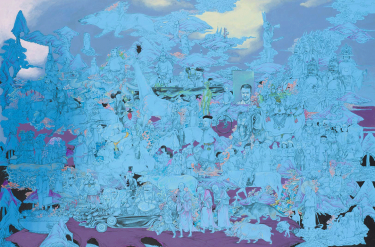To coincide with the tenth edition of the Asia Pacific Triennial of Contemporary Art exhibition series, QAGOMA launches Asia Pacific Art Papers: Contemporary Contexts, Practices, Ideas — a free digital publication offering new insights into the changing conditions and practices of artists in the region.
Published in three stages — before, during and after ‘The 10th Asia Pacific Triennial of Contemporary Art‘ (APT10) — the Asia Pacific Art Papers renew the Gallery’s commitment to curatorial research, introducing readers to diverse perspectives in contemporary art through a wealth of critical writing and audio-visual content. The Papers are published by the Australian Centre of Asia Pacific Art (ACAPA), the research arm of QAGOMA’s Asian and Pacific Art Department.
This project has been assisted by the Australian Government through the Australia Council, its arts funding and advisory body.
DELVE DEEPER: Stage two: Asia Pacific Art Papers
The Papers deepen readers’ experiences of APT through texts written by participants and curators involved in the landmark exhibition over its 30-year history. Over three instalments, the journal-style resource embraces a multiplicity of voices and visions, from both within and outside QAGOMA, that explore the unique conditions and contexts for cultural production in the Asia Pacific.
Designed by Brisbane’s Autumn Studio, the Asia Pacific Art Papers signal a new form of publishing for QAGOMA that promotes the Gallery’s digital publishing aspirations to audiences beyond the scope of traditional art publishing in print, both in Australia and abroad.
APT1 | 1993

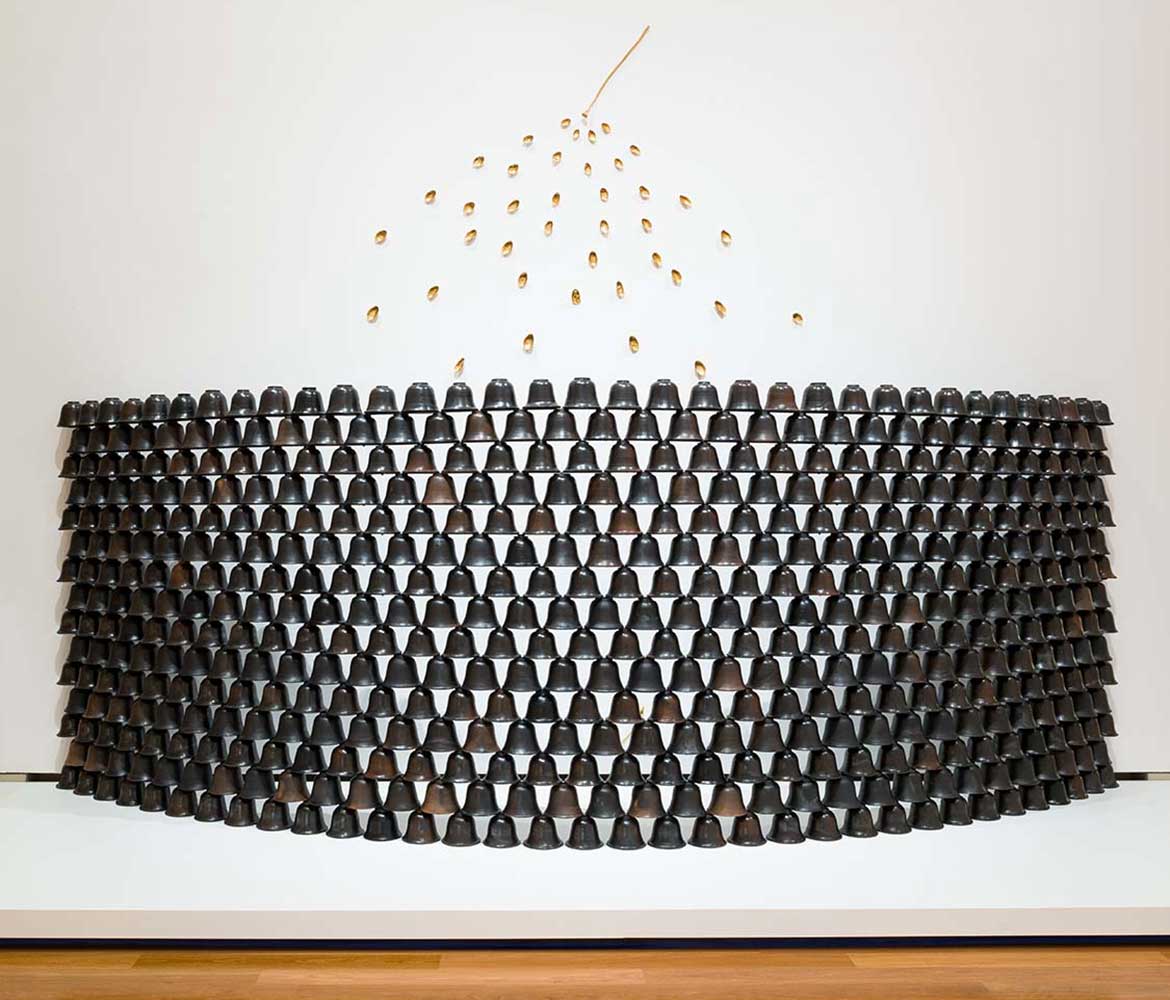
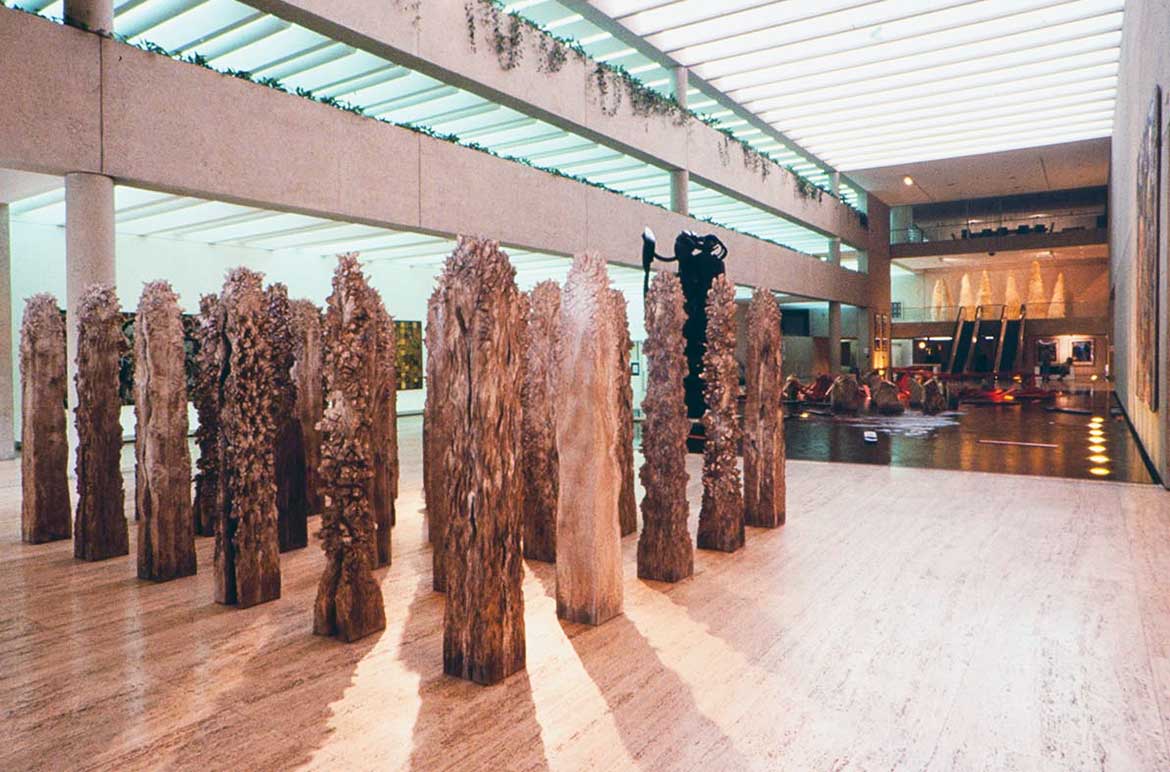
Chris Saines CNZM introduces this new digital project
When the Gallery stages its tenth iteration of the ‘Asia Pacific Triennial of Contemporary Art’ from 4 December 2021, more than 28 years will have elapsed since APT1 opened in September 1993. The series was initially planned to occur on just three occasions, before the commitment was made in the late 1990s to make it a recurrent part of the Gallery’s programming. The enthusiasm of the public and critical response to the APT in its first decade — the last of the twentieth century — was such that it was inevitable the APT would expand and flourish well into the twenty-first. With APT10 all but upon us, it is timely to reflect on the cultural, social and geopolitical changes that have occurred across the vast region encompassed and served by the Triennial. This digital publication considers how the APT represents and reflects Australia’s engagement with the Asia Pacific region and how, in turn, the region’s artists have assessed the meaning and value of that engagement from their own perspective.
In the early 1990s, when the Gallery embarked on this unprecedented project, then Director Doug Hall wrote that it was undertaken ‘on the basis of intellectual equality, to be seen as a revelation of art from each of the countries, and to be an examination of the dynamics of concepts of tradition, identity and change’. In an ever-globalising and shrinking world — one in which diasporas bloom and borders (cultural ones at least) are increasingly porous — what is the purpose of delineating a particularly Asian and Pacific story of contemporary art? For one thing, the continuity from the APT’s first outing set us on a trajectory that has unerringly maintained its momentum over almost three decades now. It has allowed us to follow careers, threads and ideas that have evolved, informed and surprised our understanding of our place here, and drawn us closer to each other.
Asia Pacific Art Papers: Contemporary Contexts, Practices, Ideas considers this evolution and looks at the current moment, welcoming emerging voices and new perspectives. It considers the ways that exhibiting and writing about contemporary art in and across the Asia Pacific continues to shift public perspectives and global discourses by introducing local, cultural, indigenous and post- or de-colonised perspectives. In doing so, it promotes equality of voices. It will also ask how the type of work shown in APT has expanded the notion of ‘art’ beyond the old dichotomies of art, craft and ethnography, while emphasising the centrality of contemporary Australian Indigenous art as unsettling Western world views and aesthetics and supporting dialogues with other cultures.
This publishing project is presented in three instalments across 2021–22. Following an introduction by Dr Zara Stanhope, essays by guest contributors as well as QAGOMA curators will address the continuous flux of art practice in the region, including a focus on First Nations art practices, performative work, materiality and particular regional contexts.
In looking back over the APT’s history, we are incredibly proud of what the exhibition has done and continues to do: to foreground vital and critical voices that speak to diverse experiences of living in this dynamic region. I would like to acknowledge everyone who has contributed to this digital publication, and to the APT over its long history: the curators, researchers, writers, interlocutors, supporters, sponsors and, most importantly, the artists who have believed in maintaining a long view on the region, and bringing us together through art.
Chris Saines CNZM is Director of QAGOMA
APT2 | 1996


APT3 | 1999
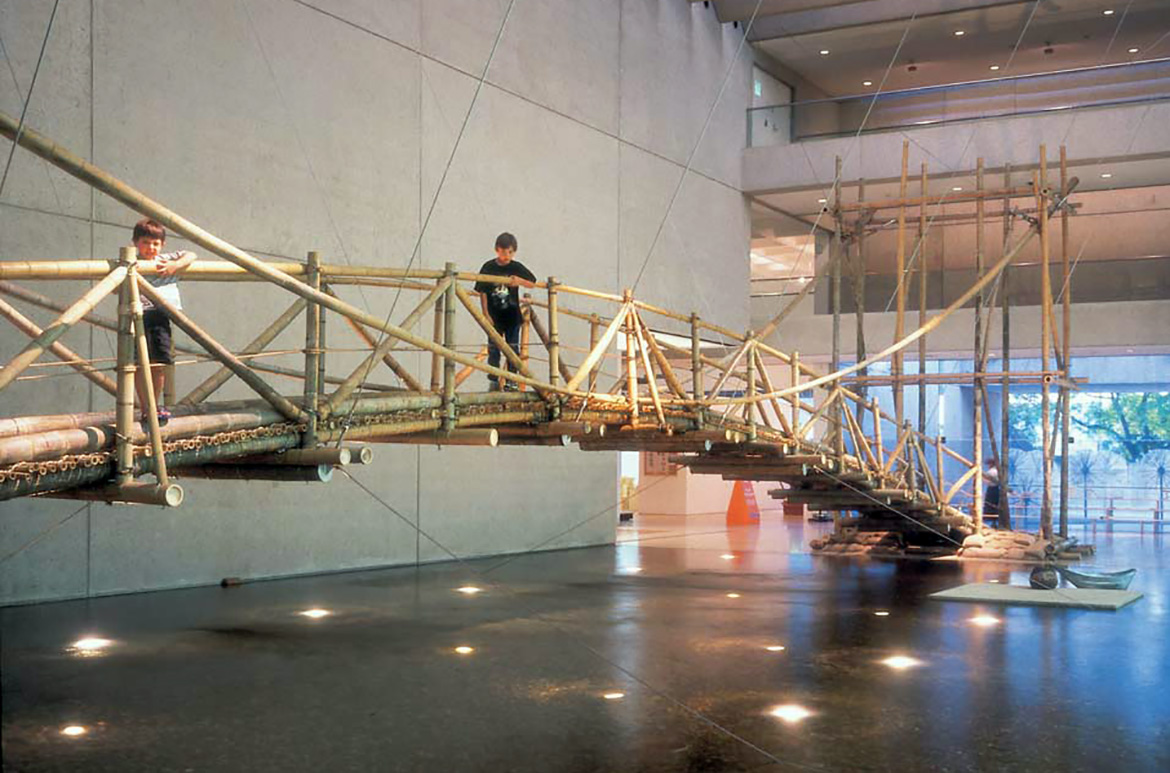
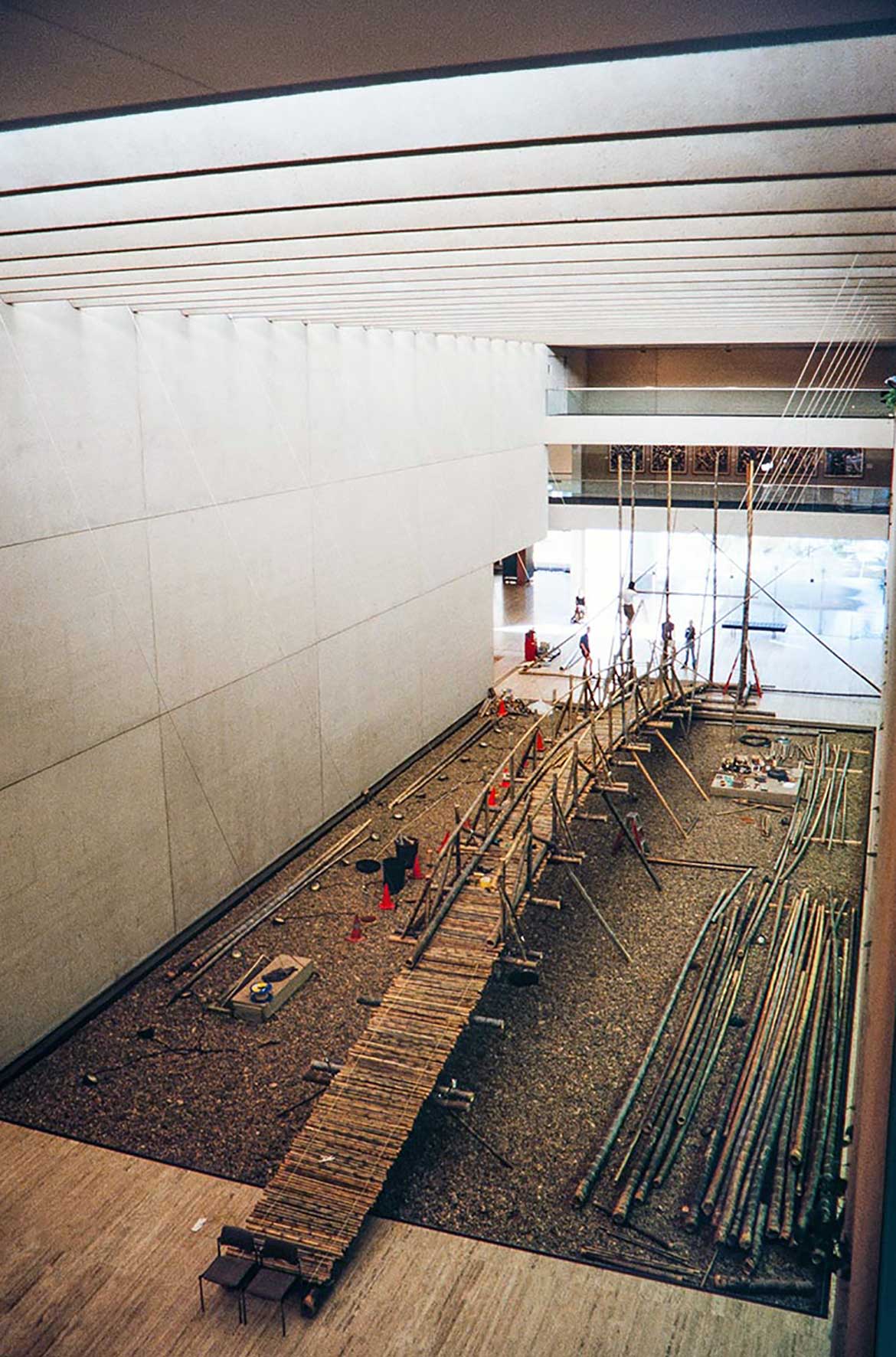
APT10 | 4 Dec 2021-26 April 2022
Asia Pacific Art Papers: Contemporary Contexts, Practices, Ideas is published by the Australian Centre of Asia Pacific Art (ACAPA), the research arm of QAGOMA’s Asian and Pacific Art department. This project has been assisted by the Australian Government through the Australia Council, its arts funding and advisory body.
‘The 10th Asia Pacific Triennial of Contemporary Art’ (APT10) is at the Queensland Art Gallery and Gallery of Modern Art, Brisbane from 4 December 2021 to 26 April 2022
#QAGOMA #APT10QAGOMA #APAPQAGOMA

